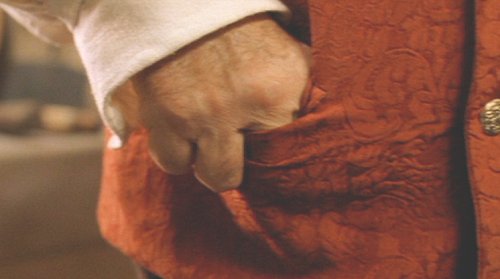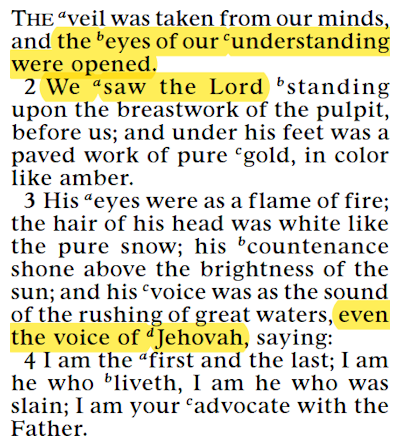Spencer Kraus challenges Neville’s translation theories
At the end of 2020 I became acquainted with Spencer Kraus and his excellent blog. (I’ve mentioned both of them before—see here, here, and here.) I’m grateful that he has joined the ranks of Latter-day Saints who are pushing back against Jonathan Neville’s devisive and unorthodox beliefs.
This week, Kraus published a review of three of Neville’s assertions, namely:
In response to Neville’s claims, Kraus ably shows that:
 Throughout his blog post, Kraus identifies how Neville “misquotes and misuses historical sources to attempt to paint a history that exists only in his imagination.” Just one example of this is how Neville has claimed that Oliver Cowdery “had [Joseph’s] little seer stone, the brown seer stone we see pictures of, in his pocket when he rejoined the Church.” Kraus hasn’t found a single source for this claim; he therefore concludes that “this detail comes directly from Neville’s imagination.”
Throughout his blog post, Kraus identifies how Neville “misquotes and misuses historical sources to attempt to paint a history that exists only in his imagination.” Just one example of this is how Neville has claimed that Oliver Cowdery “had [Joseph’s] little seer stone, the brown seer stone we see pictures of, in his pocket when he rejoined the Church.” Kraus hasn’t found a single source for this claim; he therefore concludes that “this detail comes directly from Neville’s imagination.”
I warmly recommend Kraus’s recent review to all readers of this blog.
—Peter Pan
This week, Kraus published a review of three of Neville’s assertions, namely:
- That Joseph Smith was always separated from his scribes by a curtain, with Oliver Cowdery being the exception to this practice.
- That Joseph only used a seer stone as a “demonstration” of the translation process.
- That Oliver Cowdery wrote his series of letters in 1834 to show that Joseph Smith did not use a seer stone to translate the Book of Mormon.
In response to Neville’s claims, Kraus ably shows that:
- The eyewitness evidence indicates that Joseph and his scribes were separated from other people in the same room by a curtain, and that Joseph was only veiled from his scribes when he used the Urim and Thummim, not when he used his seer stone.
- Neville’s “demonostration hypothesis” fails because the source Neville relies on—David Whitmer—explictly said that, at that the event, Joseph was using the Urim and Thummim, not a seer stone.
- Rather than rejecting Joseph’s use of a seer stone, Oliver Cowdery’s 1834 letters are best interpreted as “reclaiming the narrative” from the anti-Mormon book, Mormonism Unvailed, by using the term “Urim and Thummim” as a term for all translation instruments.
 Throughout his blog post, Kraus identifies how Neville “misquotes and misuses historical sources to attempt to paint a history that exists only in his imagination.” Just one example of this is how Neville has claimed that Oliver Cowdery “had [Joseph’s] little seer stone, the brown seer stone we see pictures of, in his pocket when he rejoined the Church.” Kraus hasn’t found a single source for this claim; he therefore concludes that “this detail comes directly from Neville’s imagination.”
Throughout his blog post, Kraus identifies how Neville “misquotes and misuses historical sources to attempt to paint a history that exists only in his imagination.” Just one example of this is how Neville has claimed that Oliver Cowdery “had [Joseph’s] little seer stone, the brown seer stone we see pictures of, in his pocket when he rejoined the Church.” Kraus hasn’t found a single source for this claim; he therefore concludes that “this detail comes directly from Neville’s imagination.”I warmly recommend Kraus’s recent review to all readers of this blog.
—Peter Pan







